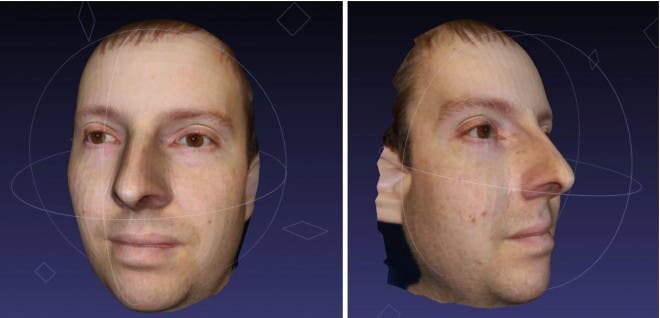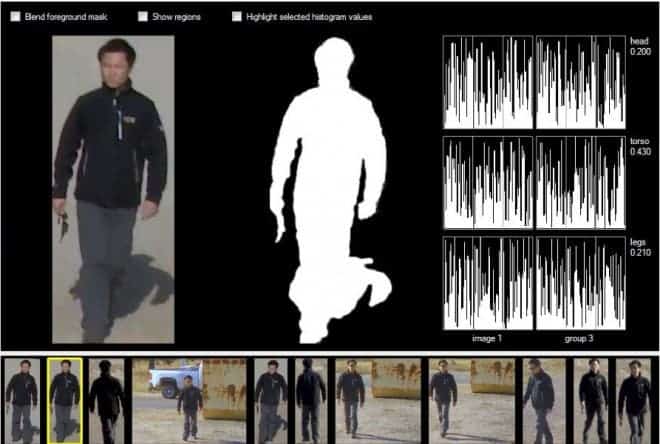
I’d like to divert from a potential discussion which might build around the trillions of dollars spent on defense by the US government or the more or less futile efforts enterprised in the middle east, and stick to the point at hand – spy drones! Yes, scary, paranoia inducing flying unmanned vehicles whose sole purpose is that of collecting intelligence about its surveyed points. And if you thought there are little places to hide left once with these little buggers up in the sky, seems like the Pentagon is keen on making things even harder for its enemy after it unveiled plans for a new kind of drone tech, capable of identifying individuals from thousands of feet away just by looking at their faces.
The US army has a sort of procedure or technique, if you will, when its efforts of identifying and gathering intelligence about its enemies is concerned, called “Tagging, Tracking, and Locating,” or “TTL”. To this purpose, there is a considerable amount of technology employed to support these efforts, like geo-tagging, heat signature identifies, human thermal fingerprints and all sorts of other tech, most classified. The all-seeing drone visioned by the Pentagon might revolutionize the modern, guerrilla battlefield in the future. You can escape transmitters, you can erase traces, but eventually with enough drones like these in the sky, you’re only hope of not getting discovered is to live underground.
“If this works out, we’ll have the ability to track people persistently across wide areas,” says Tim Faltemier, the lead biometrics researcher at Progeny Systems Corporation, which recently won one of the Army contracts. “A guy can go under a bridge or inside a house. But when he comes out, we’ll know it was the same guy that went in.”
The bird in the sky with the magic eye
Progeny, one of the half a dozen companies awarded contracts by the Pentagon to develop the necessary tech for the new spy drone, just started work on their drone-mounted, “Long Range, Non-cooperative, Biometric Tagging, Tracking and Location” system. In the past, the company has developed algorithms for the army which allowed for 3D modeling of faces, based on 2D photos, a difficult feat. Now, the company is planning on putting the same capability inside a drone, which will have to do its job flying, from a long distance and with loads of perturbant factors – difficulty tenfold.

The company claims that their system will be able to identify an individual indifferent of lighting, pose or expression, all from an image with just 50 pixels between the target’s eyes to build a 3D model of his face. That’s about the same as what it takes to traditionally capture a 2D image.
If the face is too blurred or masked to identify, Progeny has other means of identifying a target, like its digital stereotyping tech, developed for a Navy contract. With it, they can asses the identity of an individual based on variou bio metrics, which feeds back the army with anything from age to gender to “ethnicity” to “skin color” to height and weight. To prove their point, Progeny analyzed data containing hundreds of photos from the annual “Twins Days” festival, where at least pairs of identical twins could be seen. The company zeroed in on the twins’ scars, marks, and tattoos — and were able to spot one from the other.
Drones to intercept “unfriendly” behavior
Identifying known offenders or insurgents isn’t quite enough for the Pentagon. Apparently, it also needs a means of telling which are its potential enemies, without knowing anything about them beforehand. This is where Charles River Analytics is coming with its so-called “Adversary Behavior Acquisition, Collection, Understanding, and Summarization (ABACUS)” tool. Capitalizing on things like informants’ tips, drone footage, and captured phone calls, the system is capable of telling which people are most likely to harbor ill will toward the U.S. military or its objectives.
“The enemy goes to great lengths to hide his activities,” explains Modus Operandi, Inc., which won an Army contract to assemble “probabilistic algorithms th[at] determine the likelihood of adversarial intent,” a system under the working name of “Clear Heart.”
via Danger Room


